Remember when our living rooms looked like they were designed by someone who’d spent too much time at a Grateful Dead concert? The 1970s were a wild time for interior design, when “more is more” was the unofficial motto and everything had to make some kind of artistic statement—even if nobody could figure out what that statement was. We filled our homes with pieces that were supposed to elevate our consciousness while we sipped our Tab and listened to Fleetwood Mac on our wood-grain stereo systems.
1. Macramé Wall Hangings the Size of Small Countries
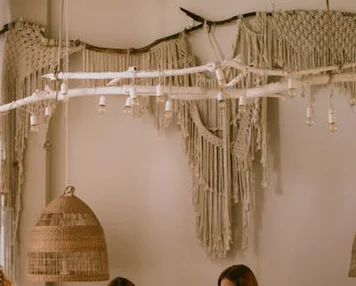
These rope masterpieces turned every wall into what looked like a fishing net convention. Your Aunt Susan probably had at least three of them, each more elaborate than the last, hanging in her den like textile sculptures that could double as emergency climbing equipment. The bigger and more intricate they were, the more “artistic” they were considered—never mind that they collected dust like nobody’s business.
Everyone had a friend who swore they were going to learn macramé and make their own wall hanging, armed with a how-to book and enough jute rope to rig a sailboat. Most of these ambitious projects ended up as sad, tangled messes shoved into closets, while the lucky few who actually finished theirs displayed them with the pride of someone who’d just completed the Sistine Chapel. Looking back, we’re not entirely sure if these were supposed to represent nature, the cosmos, or just what happens when you give someone with too much time a really long piece of rope.
2. Lava Lamps That Hypnotized Entire Generations
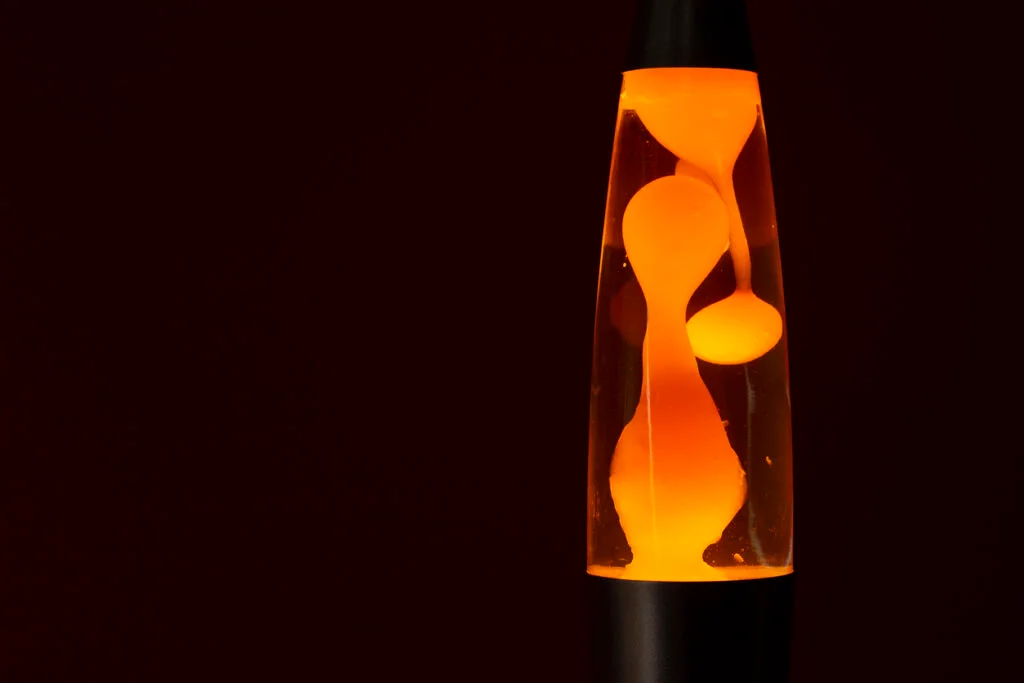
These groovy glass towers became the unofficial timekeeper of the decade, where watching the wax blob slowly rise and fall was considered both entertainment and meditation. Every teenager’s bedroom had at least one, usually sitting on a wooden crate that served as a nightstand, casting psychedelic shadows on wood-paneled walls. The mesmerizing dance of colored wax in mineral oil was supposed to represent the fluid nature of existence, or at least that’s what we told ourselves.
The real art was in the patience required to watch these things actually work—they took approximately seventeen hours to heat up and start moving. Half the time you’d turn it on, forget about it, and rediscover it three days later still doing its slow-motion lava dance. Parents complained they were fire hazards, but we knew they were just jealous they didn’t have something so cosmically groovy in their own bedrooms.
3. Beaded Curtains That Made Every Doorway a Dramatic Entrance
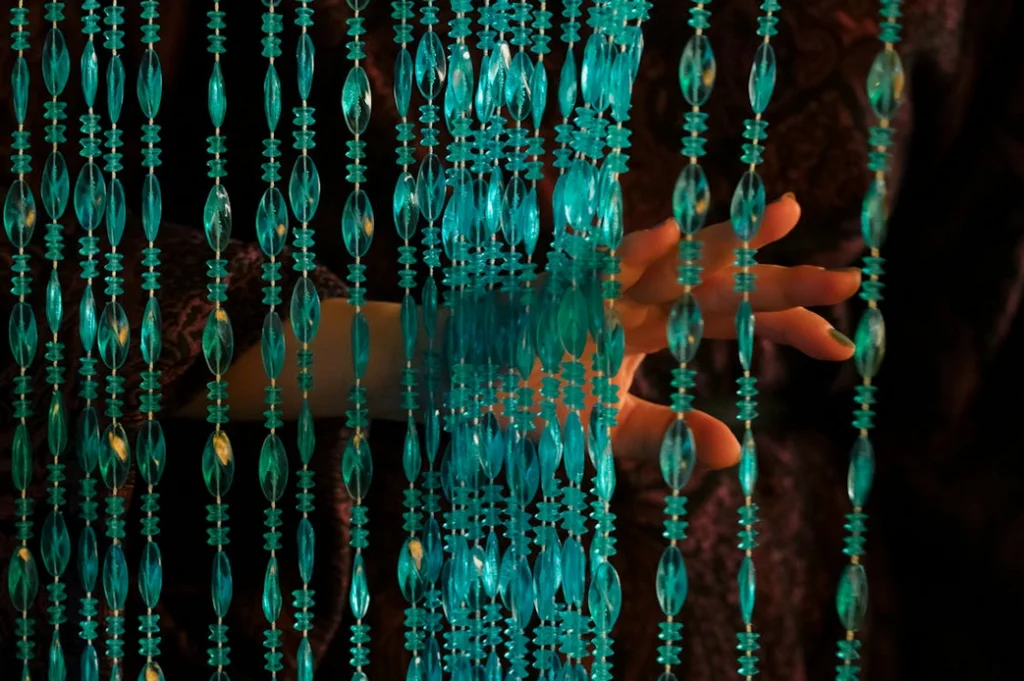
These weren’t just room dividers; they were portals to another dimension where everyone walked in slow motion and had perfectly feathered hair. Every cool kid’s bedroom had them hanging in the doorway, creating that satisfying clacking sound that announced your presence like a percussion instrument. The wooden beads came in earth tones that somehow made even the most ordinary hallway feel like the entrance to a meditation retreat.
Walking through them was an art form in itself—you had to master the perfect shoulder shimmy to avoid getting tangled up like a fly in a spider web. Shorter family members learned to duck and weave like they were navigating an obstacle course, while taller folks developed a distinctive hunched walk that became second nature. The really fancy ones had different colored sections that created patterns, turning your doorway into a functional rainbow that also served as the world’s most ineffective privacy screen.
4. Mushroom-Shaped Everything (Lamps, Stools, and Salt Shakers)
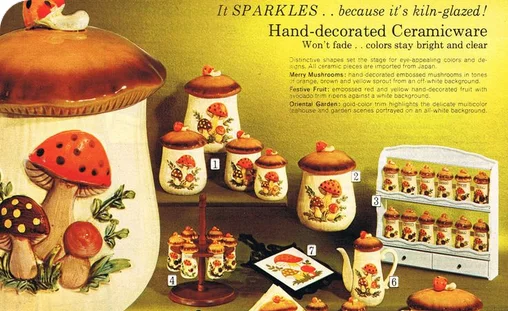
The ’70s had a serious obsession with fungi, and suddenly everything from floor lamps to kitchen accessories was shaped like something you’d find growing in a forest after a good rain. These weren’t just decorative pieces—they were a lifestyle statement that said, “I’m one with nature, man,” even if the closest you got to actual mushrooms was the ones on your pizza. The earthy, organic shapes were supposed to bring the outdoors inside, creating harmony between your living space and Mother Earth.
Every head shop and home goods store had an entire section dedicated to mushroom-shaped items, from ceramic planters to those squishy foam stools that every teenager used as a footrest. The lamps were particularly popular, casting a warm, amber glow that made everything look like it was filmed through a soft-focus lens. Looking back, we’re not sure if we were decorating our homes or accidentally creating shrines to psychedelic experiences we may or may not have had.
5. Shag Carpeting That Required Its Own Ecosystem
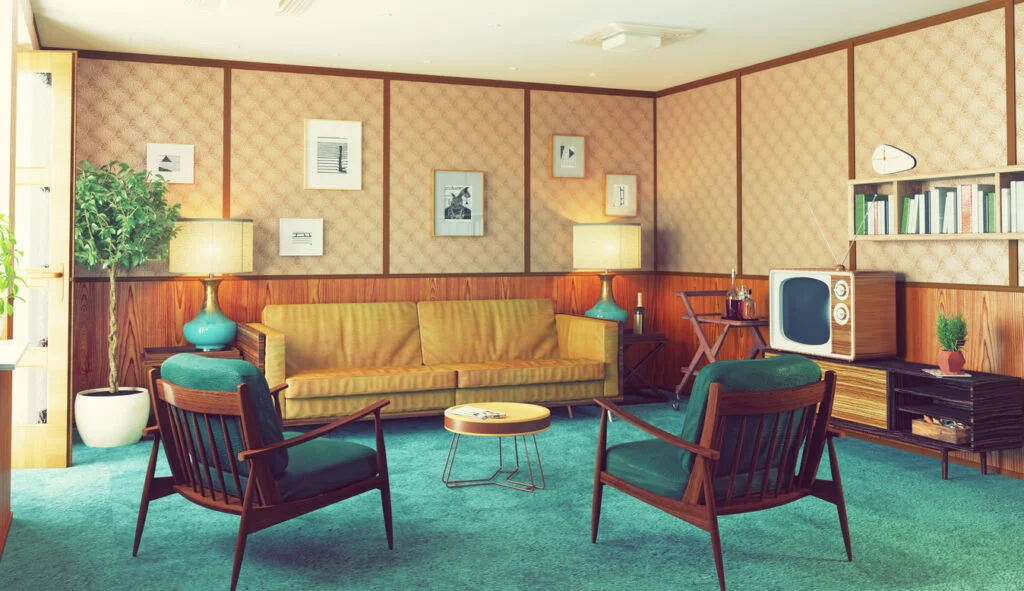
This wasn’t just flooring—it was a living, breathing entity that could hide small pets, loose change, and possibly entire ecosystems within its luxurious depths. The longer the shag, the more sophisticated you were considered, even though walking across it felt like trudging through a friendly orange or green swamp. Every home improvement store had samples that looked like tiny pieces of the Amazon rainforest, and homeowners would spend hours debating whether to go with “Autumn Harvest” or “Avocado Dream.”
Maintaining shag carpet was like caring for a high-maintenance pet that never moved but somehow always looked disheveled. Special rakes were required to keep the fibers standing at attention, and vacuuming became an Olympic sport that required strategy and upper body strength. The really deep shag was practically impossible to clean, leading to the accepted wisdom that if you couldn’t see the dirt, it probably wasn’t there.
6. Hanging Wicker Egg Chairs That Made Everyone Feel Like a Groovy Bird
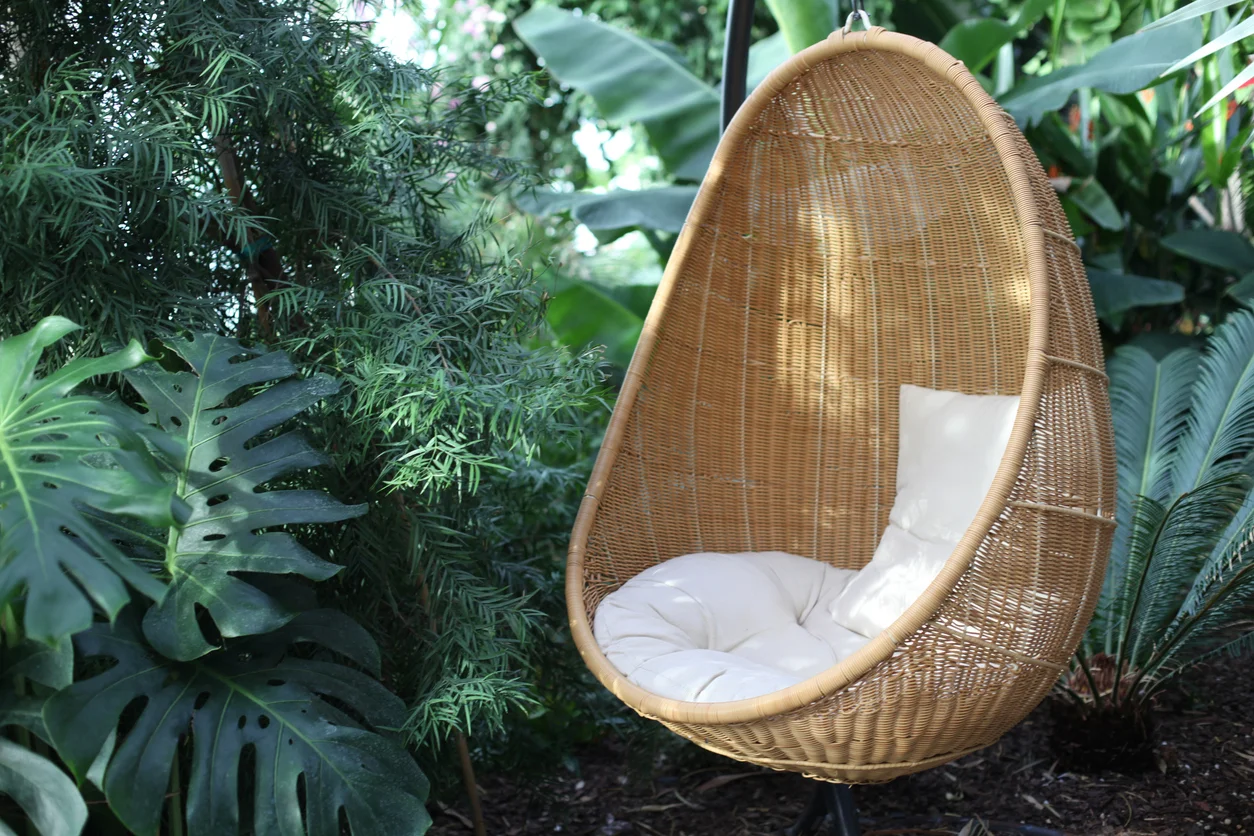
These suspended cocoons turned any room into what looked like a futuristic bird sanctuary designed by someone who’d been reading too much science fiction. The egg-shaped chairs hung from the ceiling on chains or stood on curved metal bases, creating the perfect spot for contemplating the universe while swaying gently back and forth. They were supposed to represent the ultimate in space-age comfort, combining the organic shape of nature with the forward-thinking design of the future.
Sitting in one felt like being gently cradled by a giant wicker nest, which was either incredibly relaxing or mildly claustrophobic, depending on your mood and the amount of macramé wall hangings in your field of vision. The chains creaked ominously whenever anyone over 150 pounds attempted to use them, adding an element of danger to your meditation sessions. Everyone wanted one, but most people discovered that the novelty wore off about the same time as the chain started making concerning noises.
7. Abstract Metal Wall Sculptures That Looked Like Industrial Accidents
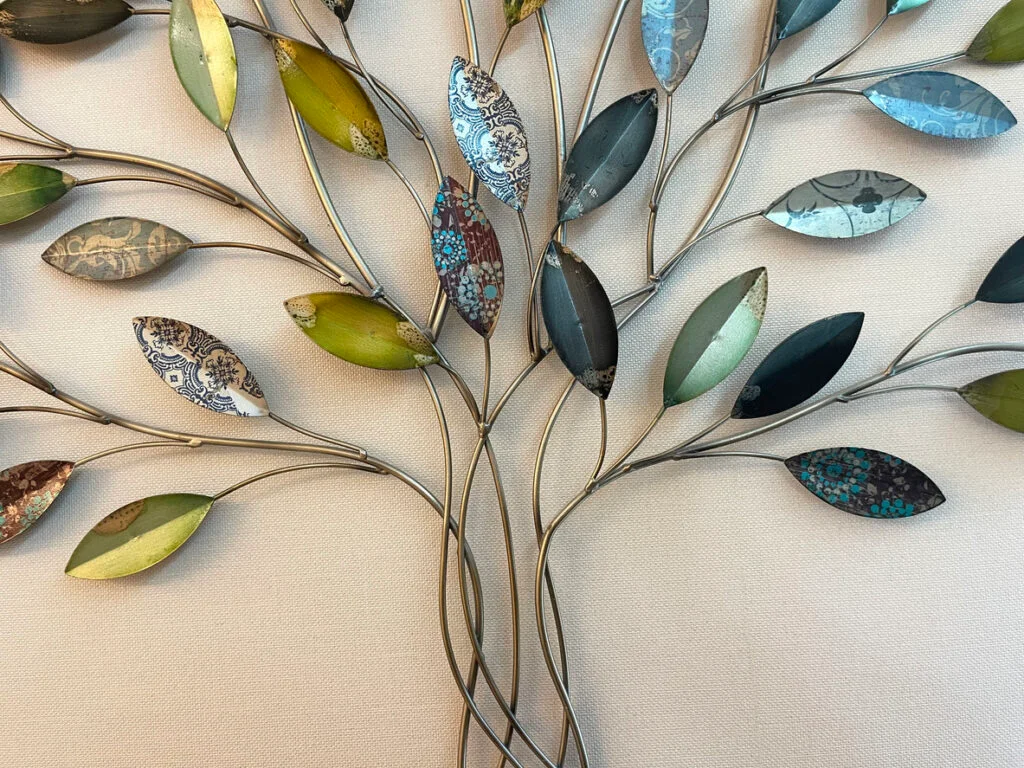
These twisted metal creations adorned walls everywhere, resembling what might happen if a fork got into a fight with a spatula and lost spectacularly. Made from brass, copper, or aluminum, they were supposed to represent the dynamic energy of modern life, though most of them looked more like the aftermath of a kitchen appliance explosion. The more abstract and indecipherable they were, the more “artistic” they were considered by people who nodded knowingly while secretly wondering if they were hanging upside down.
Every department store had a whole section of these metallic mysteries, ranging from small pieces that looked like angry pasta to room-sized installations that could double as modern art torture devices. They were often grouped together in clusters, creating walls that resembled the inside of a mad scientist’s laboratory decorated by someone with a serious commitment to geometric confusion. The artist’s statement was usually something about “capturing the essence of urban transformation,” but most of us just thought they looked cool next to our wood paneling.
8. Fiber Optic Lamps That Brought the Disco to Your Living Room

These technological marvels featured dozens of tiny light fibers that changed colors like a miniature aurora borealis happening right on your coffee table. Each strand pulsed and shifted through the spectrum, creating what was essentially a personal light show that never got old—at least not for the first few weeks. They represented the perfect marriage of art and technology, bringing the excitement of Studio 54 into suburban living rooms across America.
The really fancy models had multiple settings, allowing you to choose between “gentle cosmic pulse” and “full-on spaceship landing” modes depending on your mood and the company you were entertaining. Kids were mesmerized by them, adults pretended to understand their deeper meaning, and cats treated them like the most expensive cat toy ever invented. They were conversation starters, mood setters, and proof that the future was definitely going to involve a lot more colored lights than anyone had previously imagined.
9. Sunburst Mirrors That Turned Walls into Solar Systems
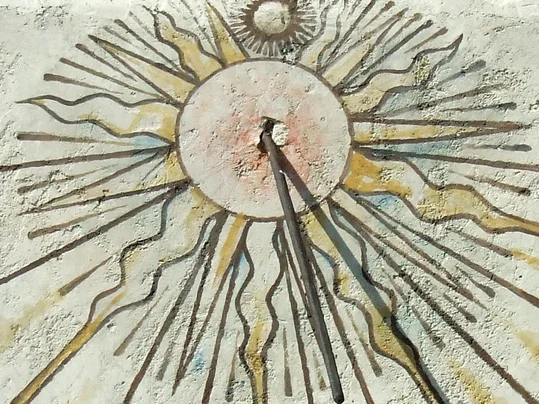
These metallic starbursts transformed ordinary walls into cosmic phenomena, with dozens of rays extending outward like a stylized sun that had been designed by someone who clearly understood the dramatic potential of reflective surfaces. Available in gold, bronze, or silver, they came in sizes ranging from dinner plate to small planet, allowing homeowners to create their own personal solar system in the hallway. The more rays they had, the more sophisticated and space-age they appeared, turning every reflection into a cosmic event.
Hanging them required careful consideration of both lighting and traffic patterns, as the protruding rays had a tendency to catch unwary visitors at exactly eye level. The largest ones became the focal point of entire rooms, demanding attention like metallic peacocks that never stopped showing off their plumage. They were meant to represent the energy of the sun and the optimism of the space age, though mostly they just made everyone look like they were standing in front of a very shiny porcupine.
10. Ceramic Owl Collections That Watched Over Everything
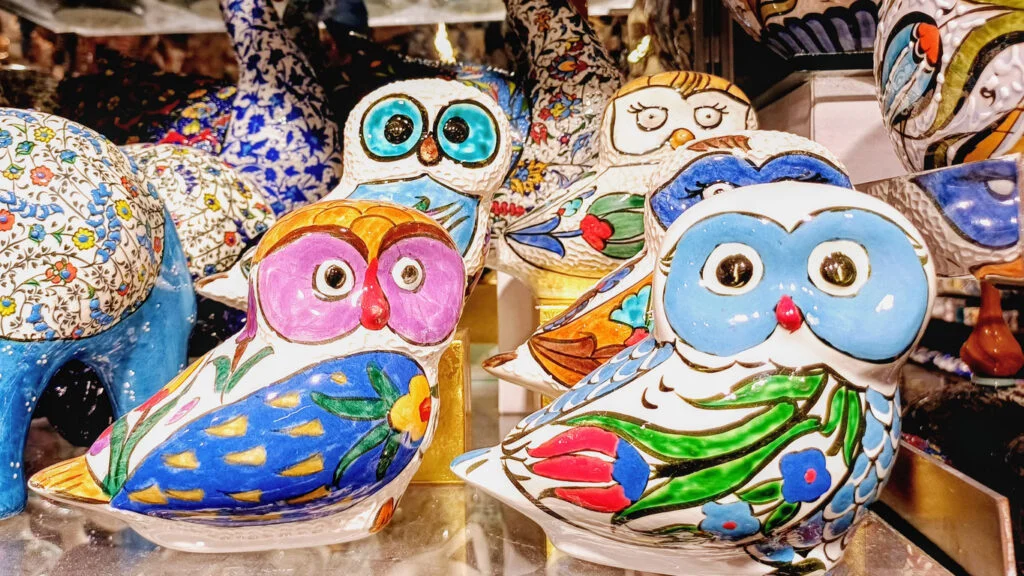
These wide-eyed ceramic guardians perched on shelves, mantels, and any available surface, creating the feeling that you were constantly being observed by a parliament of very judgmental pottery. Available in every size from thimble to small dog, they came in earth tones that matched perfectly with the mushroom lamps and shag carpeting. The bigger their eyes, the more “soulful” and artistic they were considered, turning every living room into what looked like an outdoor wildlife sanctuary run by someone with a serious ceramic addiction.
Every gift shop and craft fair had tables full of these silent watchers, and collecting them became a serious hobby for people who enjoyed being stared at by inanimate objects. They were supposed to represent wisdom and connection to nature, bringing the mystical energy of the forest into your home environment. The really elaborate ones had moving parts or glowing eyes, turning them from simple decorations into interactive art pieces that could startle unsuspecting guests at the most inconvenient moments.
11. Geodesic Planters That Made Every Fern Look Space-Age
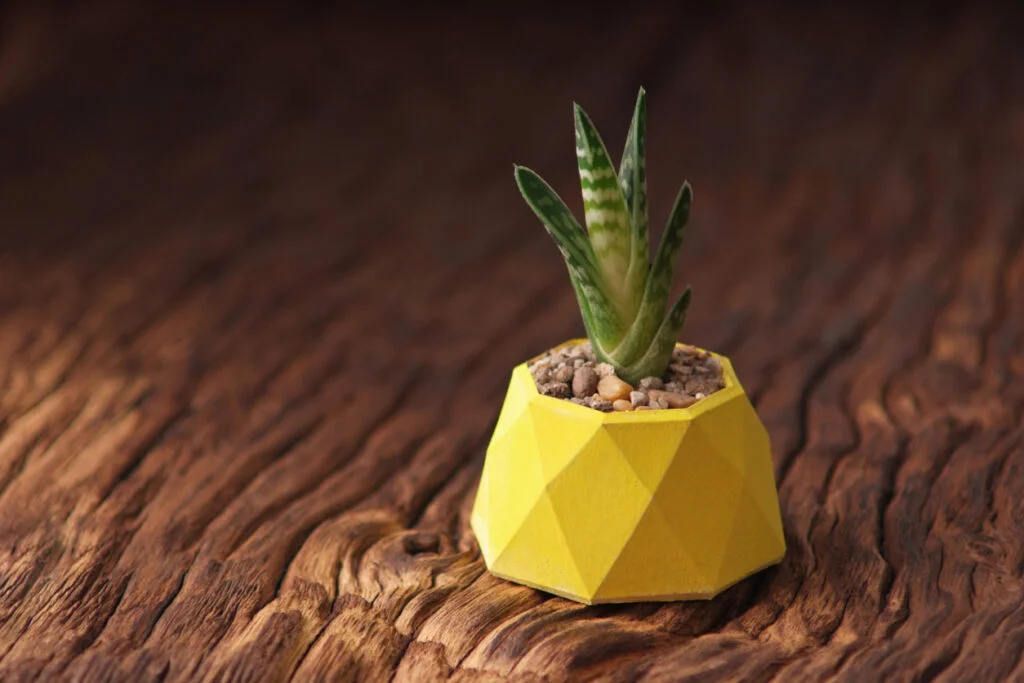
These geometric plant holders turned ordinary houseplants into specimens from a futuristic botanical garden designed by mathematicians with green thumbs. Made from plastic, ceramic, or wicker, they featured multiple sides and angles that were supposed to represent the perfect harmony between nature and geometry. Every plant looked more important when displayed in one of these architectural marvels, transforming simple spider plants into cosmic vegetation that seemed ready for interplanetary travel.
The hanging versions created indoor gardens that looked like they belonged in a space station greenhouse, while the tabletop models turned every surface into a display case for plants that suddenly seemed far more sophisticated than they actually were. Caring for plants in geodesic planters required a degree in spatial engineering, as watering and repotting became exercises in three-dimensional puzzle solving. They represented the ultimate fusion of natural beauty and modern design, even if most people couldn’t pronounce “geodesic” correctly.
12. Cork Sculptures That Turned Wine Bottles into Abstract Art

These fascinating creations transformed ordinary wine corks into three-dimensional masterpieces that looked like what might happen if a beaver decided to take up modern sculpture. Armed with glue guns and an impressive collection of corks from dinner parties, craft enthusiasts created everything from abstract towers to recognizable animals, turning their dining room tables into galleries of recycled creativity. The more corks you incorporated, the more sophisticated your piece appeared, leading to sculptures that resembled everything from geometric puzzles to small cities built entirely from repurposed bottle stoppers.
Every craft store had an entire aisle dedicated to cork art supplies, complete with instruction books that promised to turn your leftover wine accessories into museum-worthy installations. The really ambitious artists created wall-mounted pieces that looked like relief maps of mysterious continents, while others focused on tabletop sculptures that served double duty as conversation pieces and proof of a well-stocked wine cellar. They represented the ultimate in environmental consciousness meets artistic expression, though most of us secretly wondered if we were supposed to be impressed by the art or by how much wine someone had consumed in the name of their craft.
13. Wrought Iron Candle Holders That Looked Like Medieval Torture Devices
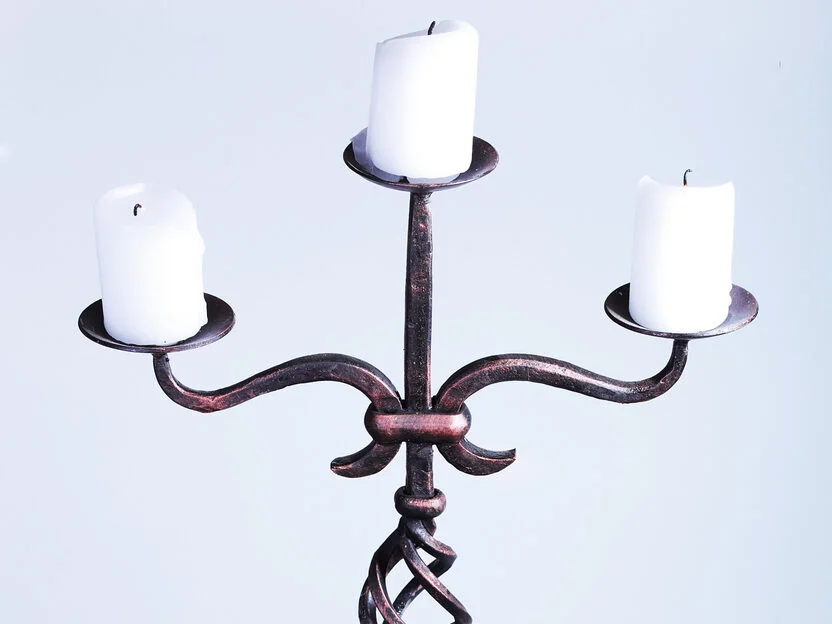
These elaborate metal sculptures held candles in configurations that seemed designed by someone who thought dinner parties needed more drama and significantly more potential for accidental fires. Featuring twisted metal, hanging chains, and enough sharp edges to qualify as home security systems, they turned every candlelit evening into what looked like a scene from a gothic romance novel. The more complicated and dangerous-looking they were, the more artistic and sophisticated they appeared to dinner guests who were trying not to knock them over.
Available in sizes ranging from intimate table settings to floor-standing installations that could light up a small cathedral, they brought medieval ambiance to suburban dining rooms across the country. Loading them with candles required the patience of a monk and the dexterity of a professional chandelier installer, as each candle had to be carefully positioned to avoid creating what could charitably be called a “fire hazard.” They represented the perfect combination of functional lighting and artistic expression, assuming you defined “functional” as “capable of creating romantic ambiance while simultaneously threatening to burn down the house.”
The ’70s were a time when we weren’t afraid to fill our homes with conversation pieces that started conversations mainly because people couldn’t figure out what they were looking at. Every piece was supposed to mean something deeper, represent some cosmic truth, or at least look really groovy under the amber glow of our mushroom lamps. Looking back, we may not have always understood what we were decorating with, but we sure made our homes memorable—and isn’t that what art is really all about?
This story 13 Pieces of ’70s Decor That Were Technically Art—But Mostly Just Confusing was first published on Takes Me Back.


